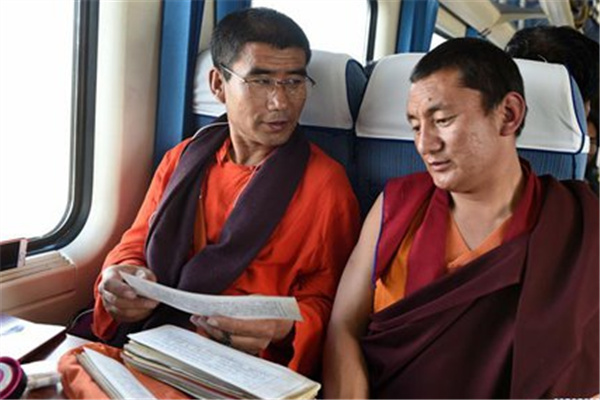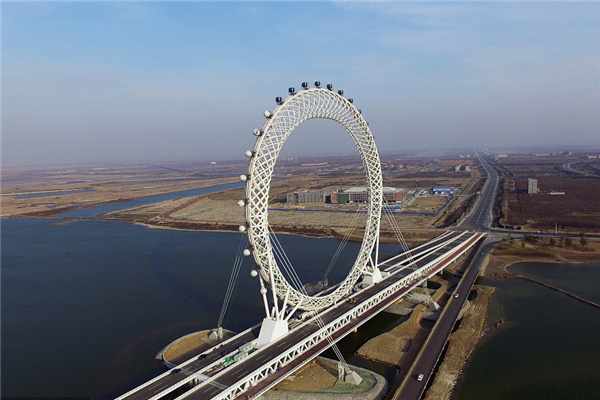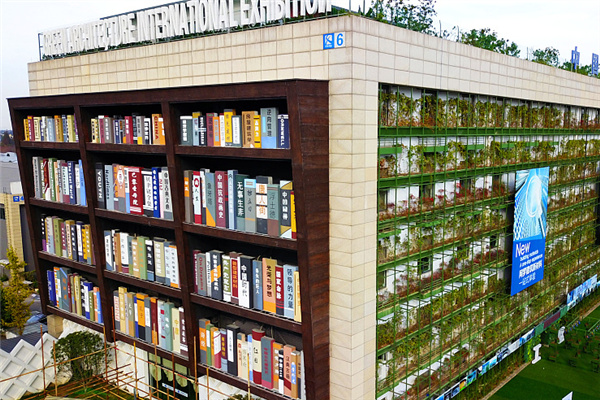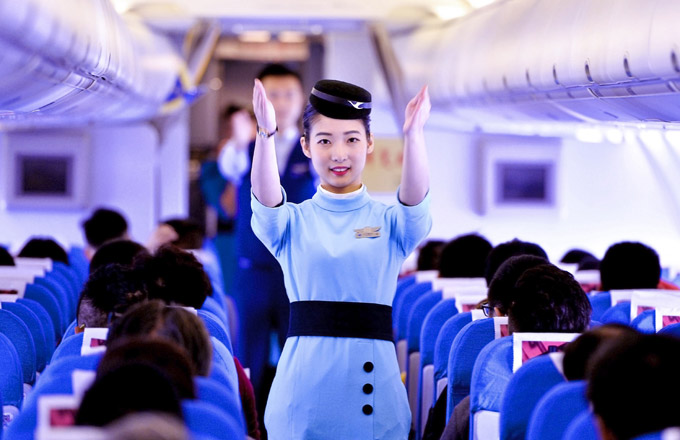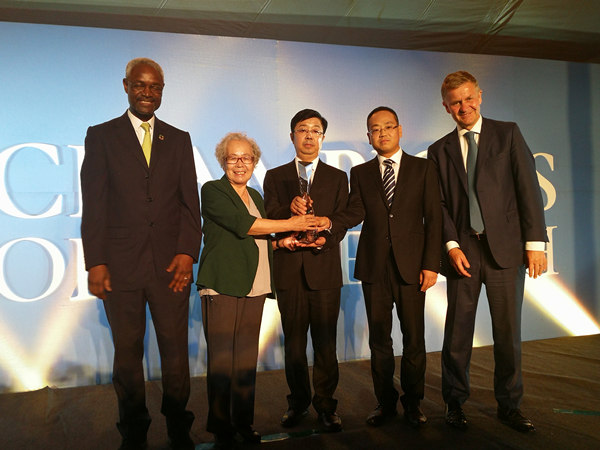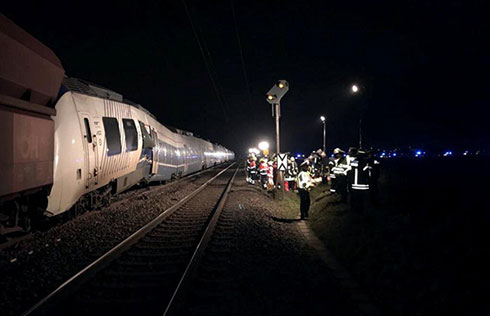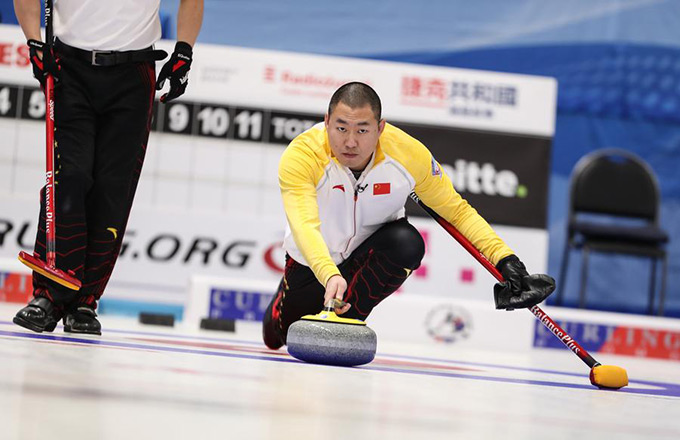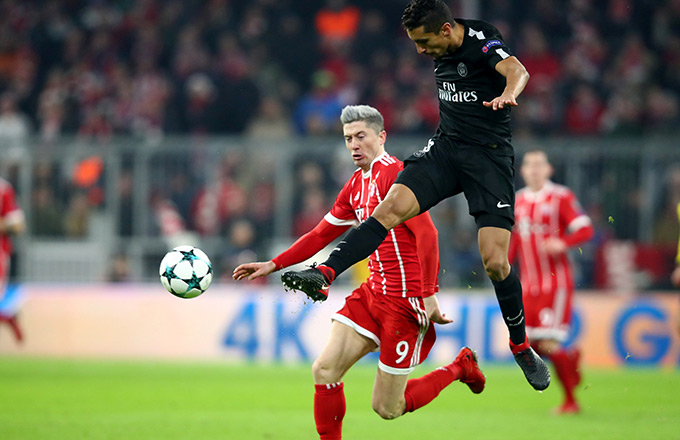

It may not seem much to anyone else other than Haier that its air conditioners were ranked No 1 in "ways to beat the heat while trimming energy bills in tough times" issue of the US Consumer Reports. But the latest accolade awarded to a China-made product was nothing short of an affirmation that Chinese enterprises' efforts to climb the value chain are producing results.
The vast improvement in the quality and design of many Chinese products has been brought into focus by the Beijing Olympics, which opened last Friday.
"It's a hard-won opportunity for Chinese businesses to expand their international market through their links to the Games," says Yuan Bin, an official in charge of market development with the Beijing Organizing Committee of the 29th Olympic Games.
According to the Consumer Reports in June 2008, Haier does an excellent job of cooling. The Haier ESAD4066, $240, topped Consumer Reports' latest air-conditioner ratings among small models. Unlike the other models Consumer Reports tested, the top-rated Haier uses R-410A, a relatively new refrigerant that the United States Environmental Protection Agency says doesn't harm the ozone layer.
In 2005, according to the "favorite international brands" survey by Ogilvy, an international advertising, marketing, and public relations agency based in New York, Haier was the only Chinese brand among many oversea brands. Many other enterprises have also gained international fame and fortune. Most notable among these early market adventurers were Lenovo, Huawei, TCL and Tsingtao.
For these pioneers, the road to the foreign marketplace was rocky indeed. The stereotyped label of cheap prices and low quality could not be easily shaken off.
Miles Young, Asia's Chairman of Ogilvy, said in 2005: "Low-price competition is a no-winners war. Perhaps at the beginning some particular enterprises can profit, but it cannot create long-term development for enterprises. Chinese enterprises should jump out of "low value-added" situation and take the "high added value, innovation" as the aim to build their brands.
He added, however that "Chinese enterprises are very smart, more effective, more understanding of globalization. They are doing things faster than many other Asian enterprises."
He was right.
Results of a survey by McKinsey released in May 2008 show that the majority, 80 percent, of the respondents identified globalization as a strategic priority of their companies, and almost half of these respondents said they wanted their companies to become truly international within 10 years. In the survey, McKinsey interviewed executives of 39 Chinese enterprises.
The report also pointed out that Chinese companies have found acquisitions the fastest way to establish a global presence. Nearly half of China's outbound corporate investment focused on securing natural resources, mostly through acquisitions.
Earlier this year, Huaneng Power International, for instance, paid $3 billion for a stake in Singapore's Tuas Power. Separately, Sinosteel has made a hostile $1.1 billion bid for the Australian mining concern Midwest.
Lenovo's acquisition of IBM's personal computer business in 2005 set an example of acquiring a well-known brand to gain quick access to the foreign marketplace.
Media commentaries at that time called the Lenovo's acquisition as a "bold move" that marked the "onset of a new branding era" among Chinese enterprises. It also turned out to be a business success. The purchase catapulted Lenovo to the world's No 3 computer maker after Dell and Hewlett Packard.
And Chinese enterprises are adjusting structures to adapt to the international market.
Tsingtao Brewery Company established in 1903, entered into international capital markets in 1993. Tsingtao Beer under its Big Famous Brand Strategy has set up its national beer production bases and realized the strategy adjustment of sales in production bases, so it established its first oversea brewery in Thailand in 2007, as a test for entering Southeast Asia market. Tsingtao beer export sales revenue reached 26.67 million yuan in 2005, and 32.67 million yuan in 2006, up to 34.59 million yuan in 2007.
Phone and TV manufacturer TCL began to explore the possibilities of international operations in 1999, developing and promoting its independent brands in emerging markets, in addition to acquiring mature brands in the European and American markets. Its efforts made the firm a pioneer in the international development of Chinese business. According to TCL's annual report, its oversea sales revenue was 15.97 billion yuan in 2004, and increasing to 16.64 billion yuan in 2007, while its domestic sales revenue was 21.43 billion yuan.
Home appliance giant Haier uses its global leverage to make profits. After the yuan appreciation reduced the Chinese market price of home appliances imports, Haier Group used its global allocation of resources to sell refrigerators Haier manufactured in another country back to the Chinese market, effectively avoiding exchange rate risks.
(China Daily 08/11/2008 page3)

